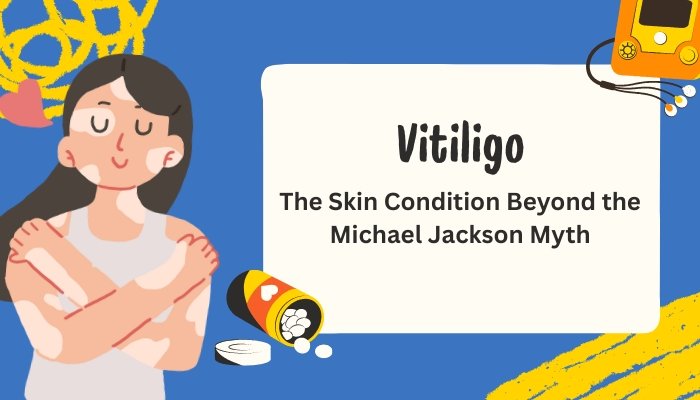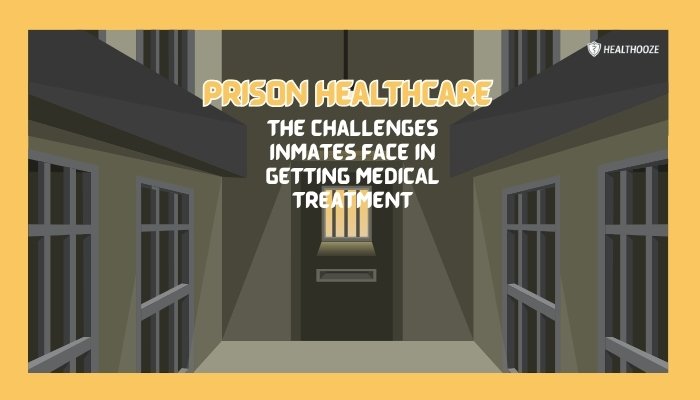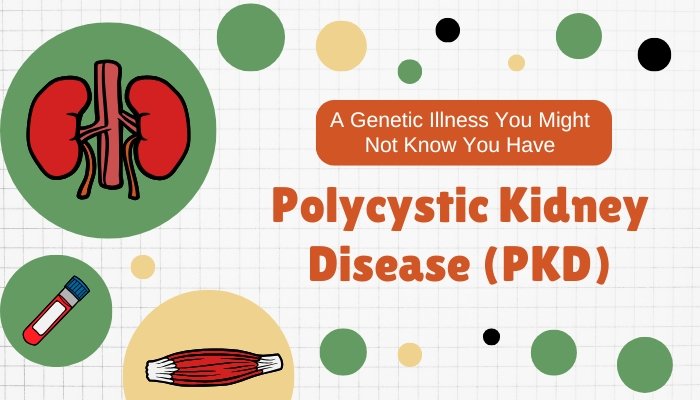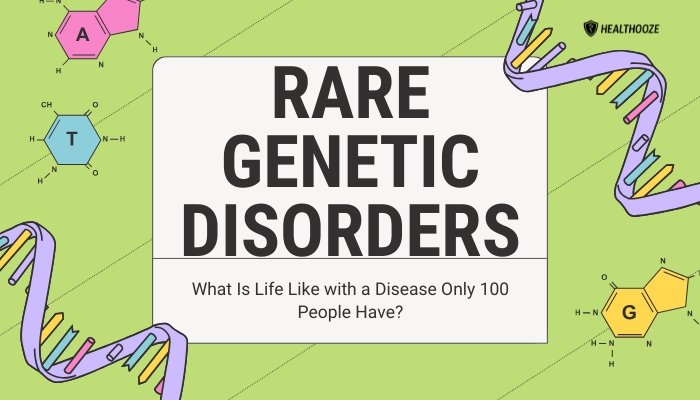Introduction
When pop icon Michael Jackson attributed his changing skin tone to vitiligo, it sparked widespread speculation and rumor. Yet, vitiligo is a real autoimmune condition impacting millions globally—not a cosmetic choice or “bleaching” procedure as often misconstrued.
Marked by patches of lost pigmentation, vitiligo can appear on any body part, across all ethnicities. While not physically harmful, it often carries deep emotional and social repercussions.
This article explores what vitiligo really is, dispels myths (including the Michael Jackson myth), and outlines strategies that help patients thrive with this underrecognized skin condition.
Understanding Vitiligo
What Is Vitiligo?
Vitiligo results from the destruction or malfunction of melanocytes—the cells that produce melanin, which gives skin its color. As these cells vanish in certain areas, white or pale patches form. Over time, patches might expand or merge, though the course varies from one person to another. Vitiligo can affect:
- Focal Areas: Confined to a few small spots.
- Segmental Regions: Limited to one side or portion of the body.
- Generalized/Nonsegmental: Symmetrical patches spread across multiple areas.
Possible Causes
- Autoimmune Origins: Many experts believe the immune system mistakenly attacks melanocytes, associating vitiligo with other autoimmune disorders (e.g., thyroid disease).
- Genetic Factors: Family history can heighten risk, although no single gene is fully responsible.
- Triggers: Stress, sunburns, or chemical exposure might aggravate existing susceptibility, but exact triggers differ per individual.
Who Is Affected?
Vitiligo occurs across all genders, ages, and ethnicities—though it’s often more visible or stigmatized in those with darker complexions. Typically, onset appears before age 30, but it can begin at any life stage.
Debunking the Michael Jackson Myth
Misconceptions About “Skin Bleaching”
When Michael Jackson’s skin became lighter over time, many assumed he purposefully bleached it to obscure his natural complexion. However, he repeatedly stated that he had vitiligo, a claim later supported by some medical reports. His choice to even out skin tone through makeup or medication led to swirling rumors overshadowing the real disease.
The Reality
- Medically Valid Condition: Vitiligo requires no “bleaching” to appear; patches form due to lack of melanin production.
- Cosmetic Measures: Individuals might use makeup or depigmenting agents on unaffected areas to achieve consistent tone when patches become extensive. This is distinct from “bleaching” for purely aesthetic reasons.
- Greater Awareness: Jackson’s experience inadvertently drew attention to vitiligo, though misinformation about “choice” or “cosmetic manipulation” persists.
Symptoms and Variations
Physical Signs
- White or Light Patches: Typically on face, hands, or other sun-exposed areas. The hair on these patches can also turn white.
- Symmetrical Patterns: In nonsegmental vitiligo, symmetrical patterns are frequent, though not mandatory.
- Progression: Patches might slowly grow or remain stable for months, then spontaneously spread.
Psychological and Social Effects
- Self-Image Challenges: Visible patches can cause anxiety, especially in cultures emphasizing uniform skin color.
- Stigmatization: Misinformation about contagion or personal hygiene fosters discrimination or bullying.
- Resilience and Visibility: Some individuals embrace their patches, using them as a mark of uniqueness, while others prefer concealing with clothing or cosmetics.
Diagnosis and Management
Diagnosis
- Clinical Assessment: Dermatologists examine the skin under normal and Wood’s lamp (UV light) to detect subtle depigmentation.
- Medical History: Family history of vitiligo or autoimmune conditions can signal heightened risk.
- Additional Tests: Blood work for thyroid function or other autoimmunity markers, if relevant.
Available Treatments
While no universal cure exists, several therapies help stop progression or restore pigment:
- Topical Steroids or Immunomodulators
- Reduce immune-driven inflammation, potentially encouraging repigmentation in mild or focal cases.
- Phototherapy (UVB)
- Exposing affected skin to controlled UV light can stimulate melanocyte activity, especially when combined with topical drugs.
- Excimer Laser
- Targets smaller patches using a concentrated UVB beam.
- Depigmentation
- For those with extensive vitiligo covering most of the body, depigmenting unaffected areas to uniform whiteness is an option, though it’s permanent and a personal choice.
- Camouflage
- Many rely on specialized cosmetics or self-tanning lotions to reduce the contrast between light patches and normal skin.
Emerging Research
- New Immunotherapies: Investigations into drugs modulating the immune assault on melanocytes.
- Surgical Grafting: In small stable areas, transplanting healthy melanocytes or skin grafts.
- Clinical Trials: Ongoing global studies examine cytokine inhibitors, advanced phototherapies, or combination regimens.
Living with Vitiligo and Building Awareness
Daily Coping Strategies
- Skincare: Sunscreen is crucial, as depigmented areas risk sunburn.
- Mental Health: Therapy or support groups address self-esteem or body image struggles, especially with sudden expansions of patches.
- Wardrobe and Makeup: Some find comfort in using corrective products or fashion that highlight or conceal patches as desired.
Social Media and Representation
- Influencers and Celebrities: Public figures like model Winnie Harlow have transformed the narrative, celebrating vitiligo as beauty.
- Online Communities: Platforms allow story-sharing, product reviews, emotional support, and resource networking across countries.
Advancing Education
- Healthcare Training: Encouraging doctors to spot vitiligo early, deliver compassionate guidance, and refer to dermatology or counseling resources.
- Public Knowledge: Addressing the stigma that vitiligo is “contagious” or “caused by poor hygiene,” clarifying it’s an autoimmune phenomenon.
Conclusion
Vitiligo, overshadowed by myths like “skin bleaching” or overshadowed by the notion that it is purely a cosmetic concern, is in fact a significant autoimmune condition affecting millions. While Michael Jackson’s story placed a spotlight on the disease, it also perpetuated confusion that still lingers. However, robust scientific understanding now underscores vitiligo’s immunological basis and partial heritability, fueling a wave of new therapies aimed at repigmentation or halting patch expansion.
Yet, beyond the quest for cures, living with vitiligo is a daily negotiation between embracing self-image and coping with possible stigma. As more advocates come forward—supported by the medical field’s better understanding and innovative interventions—vitiligo stands closer to being a recognized chronic condition that warrants empathy, resources, and thorough care, rather than a misunderstood footnote in pop culture or everyday conversation.
References
-
- Taïeb A, Picardo M. Clinical practice guidelines for Vitiligo. Br J Dermatol. 2019.
-
- Ezzedine K, Eleftheriadou V, Whitton M, et al. Beyond depigmentation: The psychological and social aspects of vitiligo. Clin Dermatol. 2016.
-
- Boniface K, Seneschal J, Picardo M, et al. Vitiligo: focus on clinical aspects, immunopathogenesis, and therapy. Clin Rev Allergy Immunol. 2018.
-
- Le Poole I, Luiten R. Autoimmune etiology of generalized vitiligo. Curr Dir Autoimmun. 2008.







